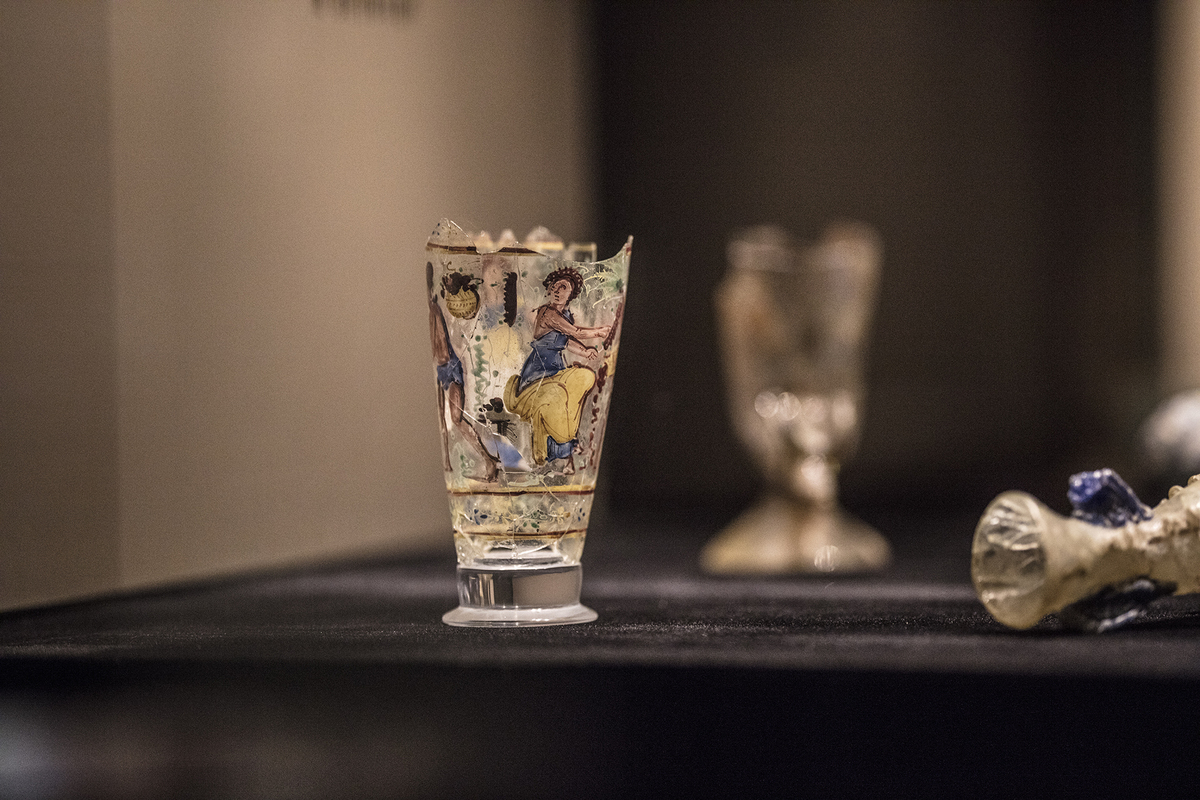 |
|
[Photo provided to China Daily] |
Ivory, pottery and colored glass cups found in the ancient site of Bagram stand as examples of artistic sophistication, booming trades and a flourishing of Buddhist thought during the height of the Kushan Empire in the second century AD.
According to Mohammad Fahim Rahimi, who directs the National Museum of Afghanistan, the exhibits came from archaeological discoveries made before the former Soviet Union's invasion in 1979, and they survived the war by being secretly safeguarded in the vaults of the Afghanistan Central Bank, until they were uncovered again in 2003.
The collection of objects began a world tour in October 2006, and have since been exhibited in more than 20 museums across Europe, North America, Australia and East Asia.
"Only one percent of the archaeological sites in Afghanistan have been excavated, from which the objects unearthed form the basis of the national museum's collection. We look forward to further excavations after the situation becomes more stabilized and also intensified international cooperation," Rahimi said.
The exhibition will travel to Nanjing Museum in Jiangsu province after the Tsinghua leg.